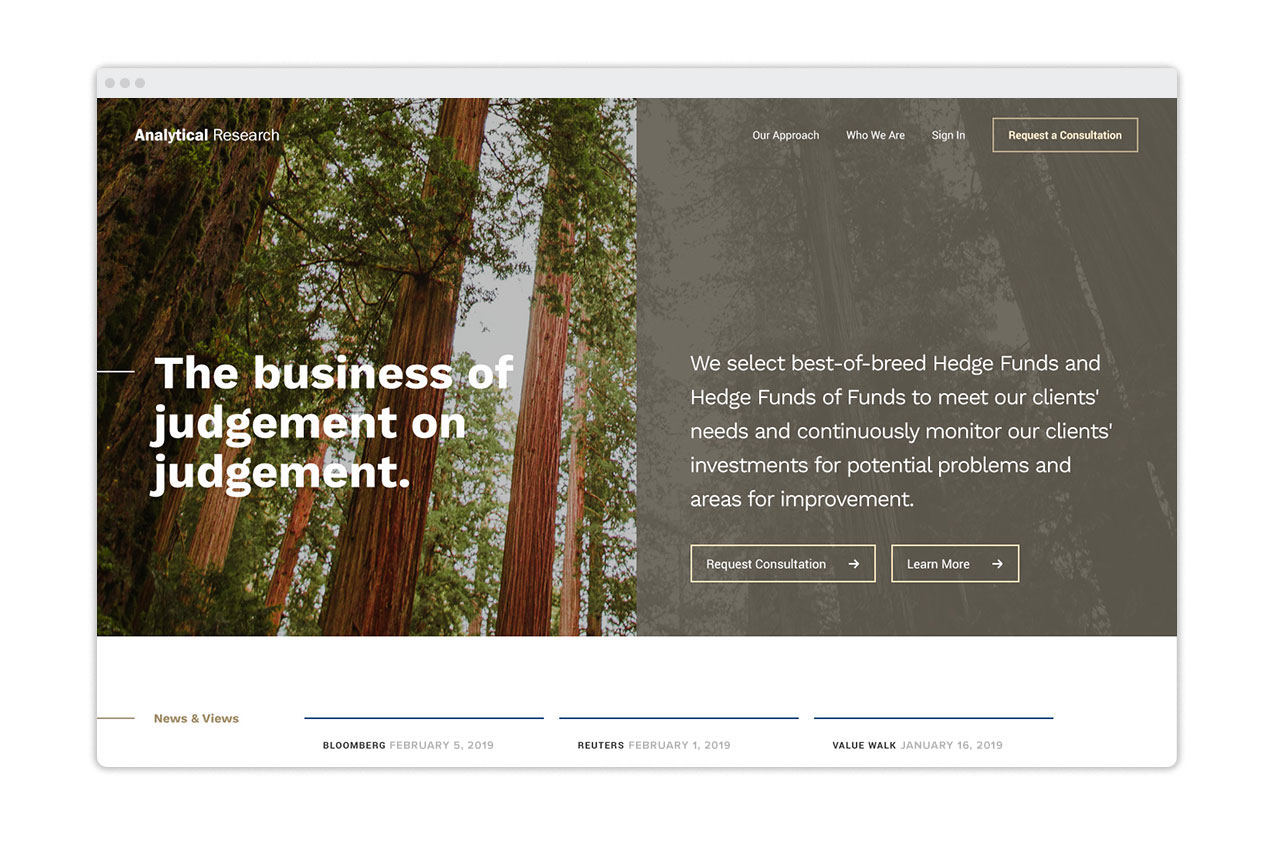Stock Art Misfires and How to Fix Them (Part 2)

Choosing the right stock imagery can make or break your website and marketing materials. Too often, we see organizations mutilate first-class branding and copywriting with some really poor stock art selections. When you look at your website, do you see images that you’ve seen on a hundred others? Are you mixing photos and illustrations that are vastly different in tone and style? Are you using the very types of images we told you to avoid??? Fear not. Here are some quick tips for ensuring stock art success.
Use Images That Align With Your Brand

Even if you don’t have a defined set of core company values, you surely have a few adjectives up your sleeve to describe your company. Look for imagery that can serve as a metaphor for what your organization is known or stands for.
As an example, let’s say your company has been around for almost a century. Some values that come to mind are things like trustworthiness, reliability, strength, and the ability to weather any storm. Mountain imagery could be a great fit because you’ve withstood the tests of time and your experience is solid as a rock. Or, images of redwoods could speak to your longevity and wisdom.
Keep It Consistent

A hodgepodge of different image styles is worse than no images at all. Let’s take your blog page, for example. You’ve likely got a grid or running list of story preview blocks, each with its own image. These images should be consistent in style or tone. You don’t want to use a subdued black and white photo for one story and have it sitting next to a cartoonish illustration for another one. Pick a style and stick to it. Now, it’s OK to use different types of images for different types of content (i.e., an interview vs. a commentary vs. a podcast), but those variations should still all fit together into a consistent visual language.
Search and Compare Multiple Stock Sites
There are a ton of stock sites out there, all with varying levels of quality and affordability (some as cheap as free). None are perfect, so you should be checking multiple sites for every photo selection. Type in the same keywords and compare results. Some stock sites are better curated than others and though they may offer fewer search results for a specific term, those results are often of a much higher quality.
Find Out Where Else a Photo Has Appeared
You’ve finally landed on a piece of stock art that nails the aesthetic and ethos of your brand but, potentially, many others may have as well. You definitely don’t want to serve users an image they’ve seen a hundred times and gives them déjà vu. So use Google’s reverse image search to see where else your favorite new photo appears on the Internet.
Pay the Price for Fine Art
Searching for a big hero image to anchor a home page or important landing page is not the time for bargain hunting. We’re not saying that a more expensive photo is always the best one, but an image given top billing on your website is not one you want to compromise on.
Forget About Stock Altogether
Sometimes the perfect stock photo simply doesn’t exist. You’ve searched high and low but can’t find an image that nails what you’re going for. Commissioning an original illustration or photo shoot is an option—albeit a much pricier one. The advantage, though, is near total creative control over an image that will truly define your brand and is 100% guaranteed not to show up in someone else’s marketing materials. If you go this route, definitely consider an illustration first since that will almost always be more affordable than a photo shoot.

About north street
We engineer the thoughtful transformation of great organizations. Our proven process helps us understand what your competitors are doing right — and wrong. Want to learn more? Let’s chat.



























